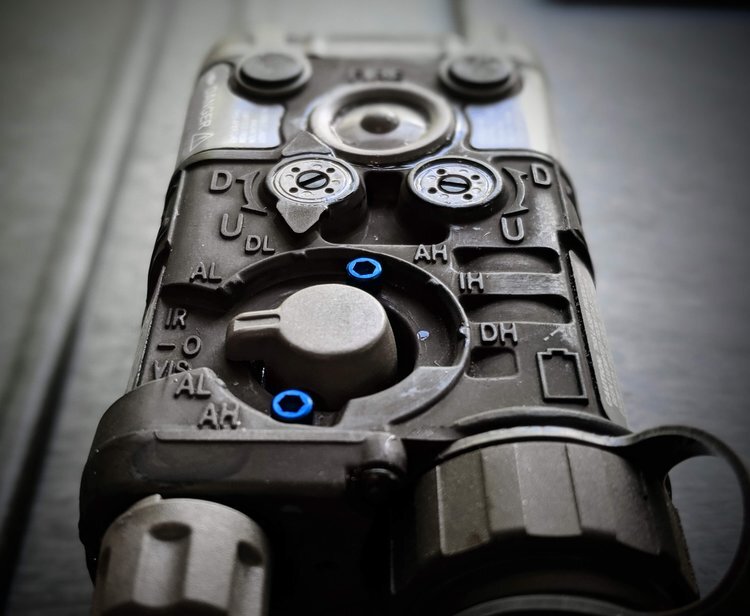Jiu Jitsu is Dead and You Should Learn It
If you follow MMA at all, there is a growing uneducated subset of the fan base that seems to be of the impression that the proper way to fight is to stand in front of your opponent and swing until either one of you fall down. Most of these fans are fair weather fans who can tell you who Conor McGregor is but have never heard of BJ Penn. Some of them came from the world of Pro Wrestling. None of them actually train to protect themselves in any way.
As much as I would like the blame the audience for this mindset, it is the current rule set in MMA, and the priority of entertainment over substance that has gotten us to this point. While the entertainment part of that equation gets my blood boiling too, this article will not focus on that aspect. Like most things on the surface, the rules that changed MMA forever all started from a good place, but somehow found a way to quickly dilute the product along with its true purpose.
As the UFC made its attempt to evolve from blood sport to household past time, changes were made along the way in order to satisfy athletic commissions and politicians. With virtually no rules at all, the early days of the UFC proved to be gruesome enough to be banned. Wanting to take the sport mainstream, rules like time limits, weight classes, rounds, the use of gloves and elimination of hitting/kicking to the crotch were adopted among many others. While this ultimately resulted in legalization across all 50 states it simultaneously put the very discipline that put MMA on the map at a disadvantage.
In the early days of the UFC, a relatively small, thin Brazillian named Royce Gracie ripped through a field of diverse killers in a manner so quickly and so easily the story can only be compared to that of David vs Goliath. The first events were a test to see which martial arts discipline was superior. Karate, boxing, kickboxing, Taekwondo, Brazilian Jujitsu, Sumo, Wrestling….the list goes on and on but each competitor was much more singular in his approach. There was no “mix” in the martial arts at that time. Undersized, cool and collected, Royce took to the cage and proceeded to submit every opponent, barely landing a strike and all while carrying the demeanor of a library janitor. The whole world took notice and BJJ was set to blaze its way into the US, and rest is as they say, history.
So what happened to BJJ in MMA? Why don’t we see it being utilized more today and why have the amount of BJJ specialists and submissions decreased steadily over the years? The typical and misguided narrative is we don’t see as many submissions because everyone learned to defend against it, making it null and void. This couldn’t be farther from the truth.
To defend against BJJ is to use BJJ. BJJ is being used to attack and escape, whereas early on it was mostly offense, with very little knowledge for defense. Secondly and most importantly, the new rule set adopted to put MMA into the mainstream has put BJJ at a serious disadvantage. I can’t think of a single rule change that favors the grappler, but here are just some that favor the striker:
Gloves make it much harder to perform and defend against submissions
Lack of clothing reduces the number of ways to submit/wrestle opponents
Lack of clothing reduces sweat absorption making opponent more slippery
Addition of rounds provide a minimum of 2-4 additional stand-ups per fight
Addition of time limits increase opponents chance of being stood up
Stand-ups in the middle of rounds allow the striker to get back to the feet
Banning footwear reduces chances of foot/leg locks
While these rules hurt the effectiveness of Jujitsu in MMA, as a fighting discipline, and a personal defense discipline, its hard to argue that BJJ or Brazillian Jujitsu should not be your first martial art. While most MMA experts agree wrestling is the best base, wresting requires a level of fitness and strength to execute. A high level of either of those, while helpful, is simply not needed in BJJ. In BJJ, men and women, regardless of stature, age or strength can be effective in defending themselves against an attacker. In any striking discipline, your natural reaction to a punch is to either move, or block. You do not need to be taught this, only how to move and block properly. Additionally when on the offense your natural reaction is to punch or kick, regardless of how terrible you are at it. Nevertheless, you can perform the basic movements of striking, albeit terribly, and have a “punchers” chance and can also attempt to defend yourself.
BJJ is different. Your natural reaction to defend a BJJ attack will most certainly be the incorrect way to do it. In fact, your natural reaction often makes it worse. Take the armbar for instance. An armbar performed off the back would need to be defended by pressing down on the opponent with a method called “stacking.” If you have not learned this method, your reaction to getting out of an armbar will be to attempt to pull your arm free…something that will only increase the leverage of the submission.
BJJ must be learned to be countered, you are not simply able to do so without the knowledge and repetition you would receive by a careful study of the art. A blue belt in BJJ, only the second belt obtained in the discipline, has an enormous advantage over any untrained individual in a street fight. The term fish out of water is the best I can use to describe the helplessness of an untrained opponent against a BJJ practitioner. While BJJ may have been mitigated in competition by a string of rules designed for safety and entertainment, it remains one of the most devastating disciplines you should know.
To chat about this blog entry and much more, join us on Discord:




